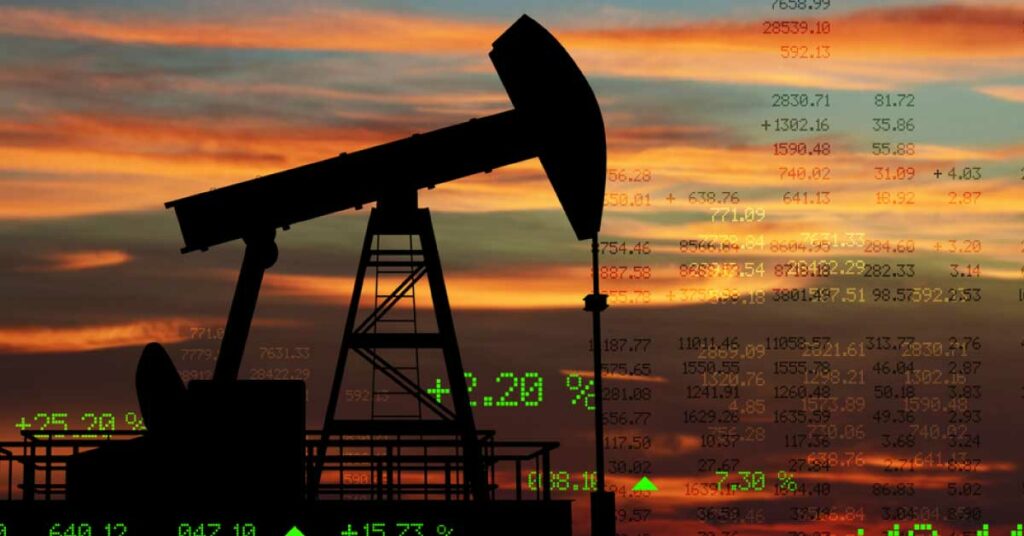Oil prices surged to more than the USD 80 mark (GBP 59.05) per barrel on 28th September 2021. This mark is the biggest surge in three years, as the world witnessed the Great Britain Pound plummet.
The international benchmark, Brent Crude, surged to as much as USD 80.69 on Tuesday. The rise is marked as the highest level since October 2018.
Factors contributing to surging oil price
Oil prices have been constantly rising for the past one week owing to the increasing energy crisis in Europe.
Analysts vouch for the surge in oil prices backed by narrow supplies and increasing demand.
Goldman Sachs stated that the Brent Crude benchmark could reach USD 90 per barrel by the end of 2021. The investment banking firm warned that the inevitable surge in input costs, surging gas rates, and an inhibited growth curve could prove to be burdensome on the European corporate profit growth for this year.
The Wall Street lender stated that when the growth of business decelerates, it becomes challenging for firms to pass on bigger input costs, which proves to be a major risk for net income margins.
The Great Britain Pound witnessed the biggest one-day dip against the United States Dollar on 28th September 2021. The value of pounds, on Tuesday, was the lowest it had hit since January 2021, as investors sought security in the dollar.
Share markets also plummeted, with the Wall Street stocks tumbling and European indexes in the red.
Currency analyst at Nomura, Jordan Rochester, stated that the surging inflation apprehensions are making the assets denominated by the pound sterling as unfavorable.
On the flip side, Brent Crude has already expanded approximately 55% for 2021 to date. The West Texas Intermediate (WTI) also surged to approximately USD 75 per barrel.
Oil prices plummeted during the gestation of the COVID19 pandemic. In April 2020, the prices fell below 0 for the first time, as the lockdown swept out demand, whilst manufacturers persisted to derive crude oil from their wells.
Nevertheless, oil demand has been constantly building up in recent times as economies across the globe have begun to recuperate from the pandemic aftermaths.
Global oil provisions have also been affected by the hurricanes Nicholas and Ida moving through the Gulf of Mexico and destructing the United States’ oil infrastructure.
A humongous increase in the prices of natural gas has made oil a comparatively economical substitute for power generation, which has dramatically caused an increase in demand for oil.
Chief Market Analyst at Think Markets, Naeem Aslam, stated that the second-biggest importer of crude, India, has also bottled up its oil imports to an all-time high in August 2021, when refiners began to accumulate more crude oil as they predicted the surge in demand for the commodity.
OPEC (Organization of the Petroleum Exporting Countries) has predicted the surge in demand to be at a slightly lower mark of around 370,000 additional barrels per day.
During the COVID19 pandemic, numerous member states of the OPEC group (Russia and others) reduced the output produced and have ever since been facing challenges to upscale operations to meet the recuperation demand.
In the United Kingdom, fuel prices have surged to an 8 year high, stated the RAC, owing to driver scarcities in goods vehicles.
RAC fuel representative, Simon Williams, stated that the inevitable outcome of the surge in oil prices will enforce wholesale prices to increase. Williams predicted the prices to surge even more in the next few days, irrespective of the problems associated to supply.
